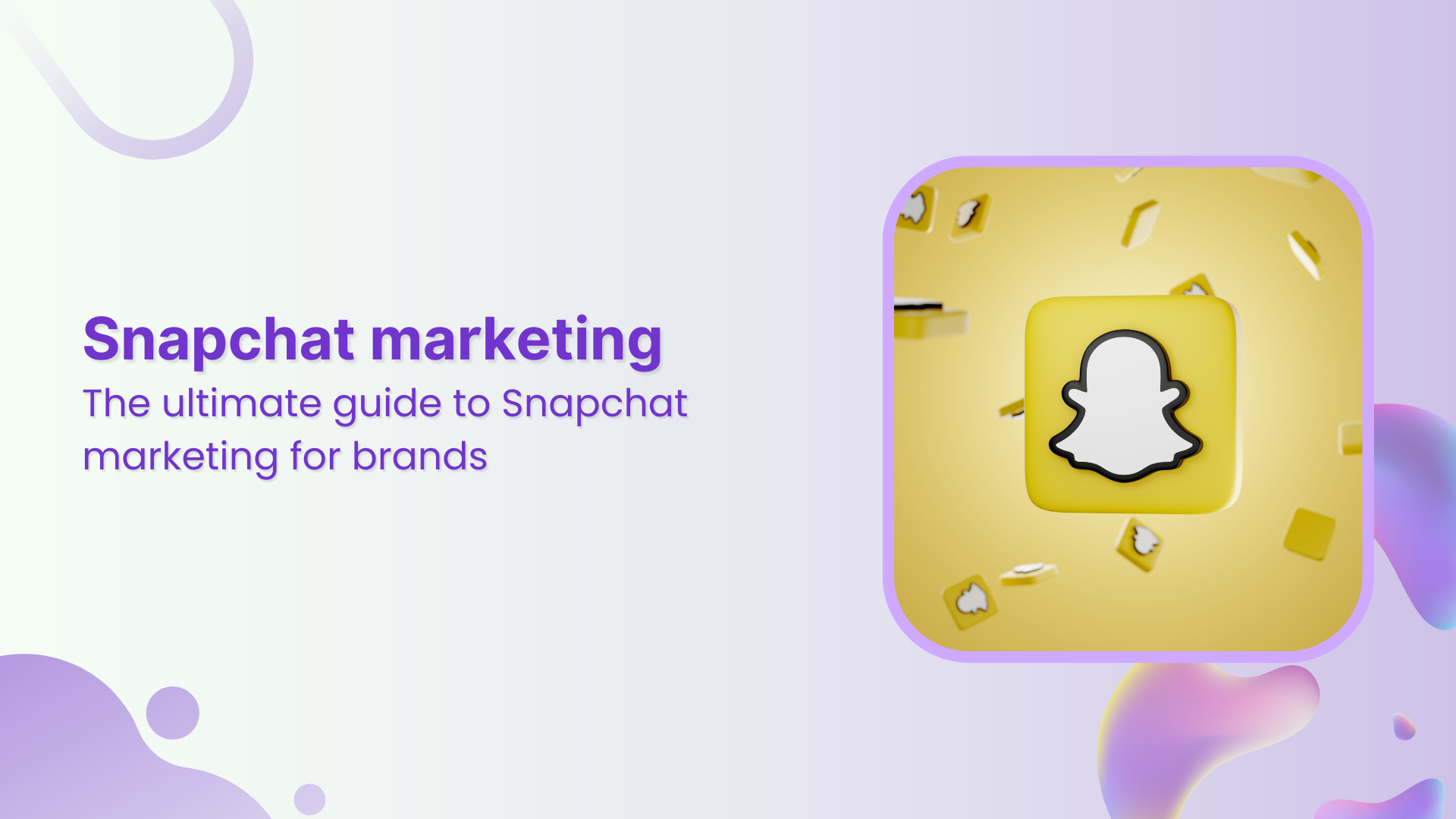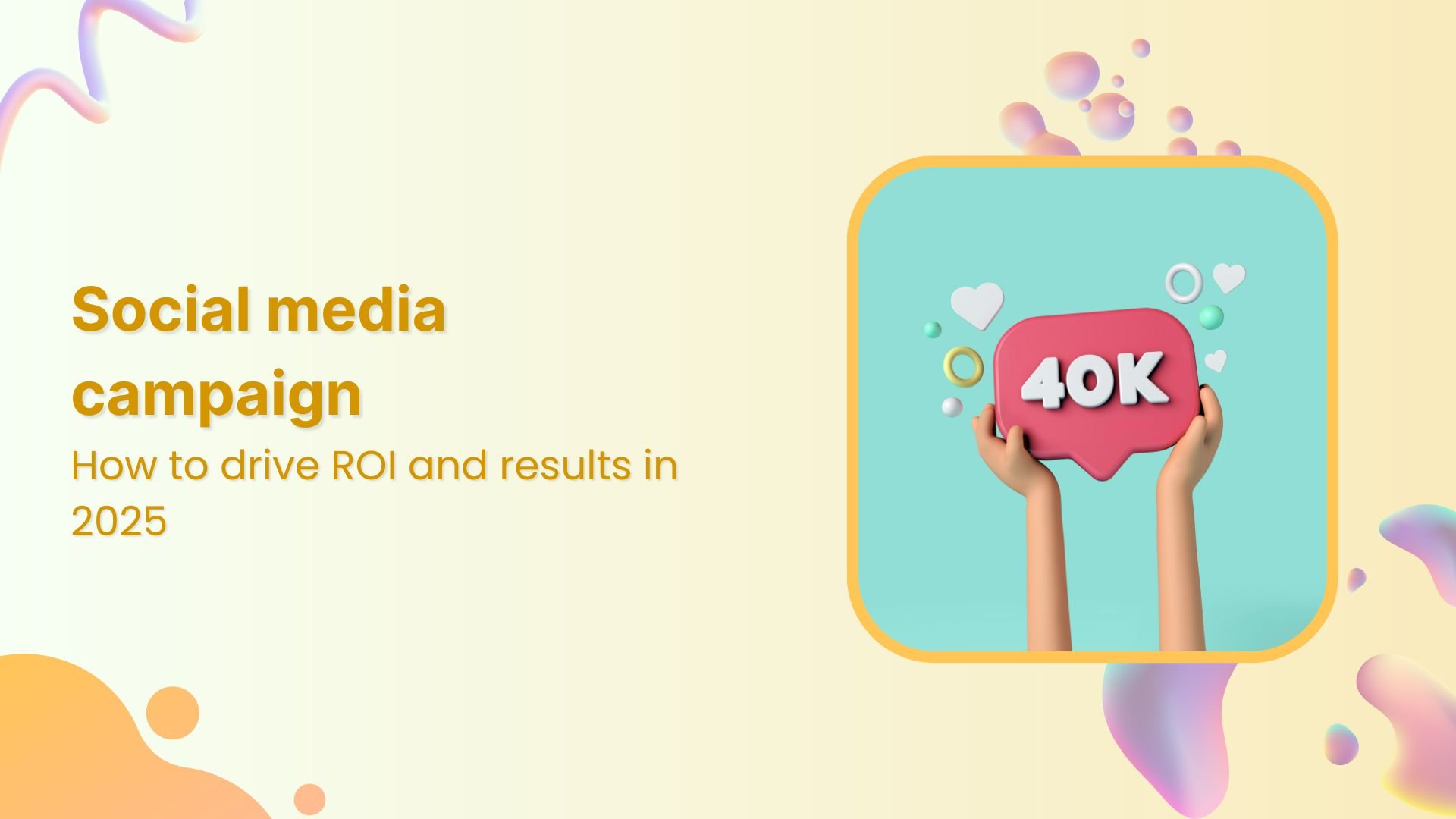Bulk-generate & schedule posts in seconds with Smart Scheduling. Try now!
How to reset Instagram algorithm: Complete guide 2025
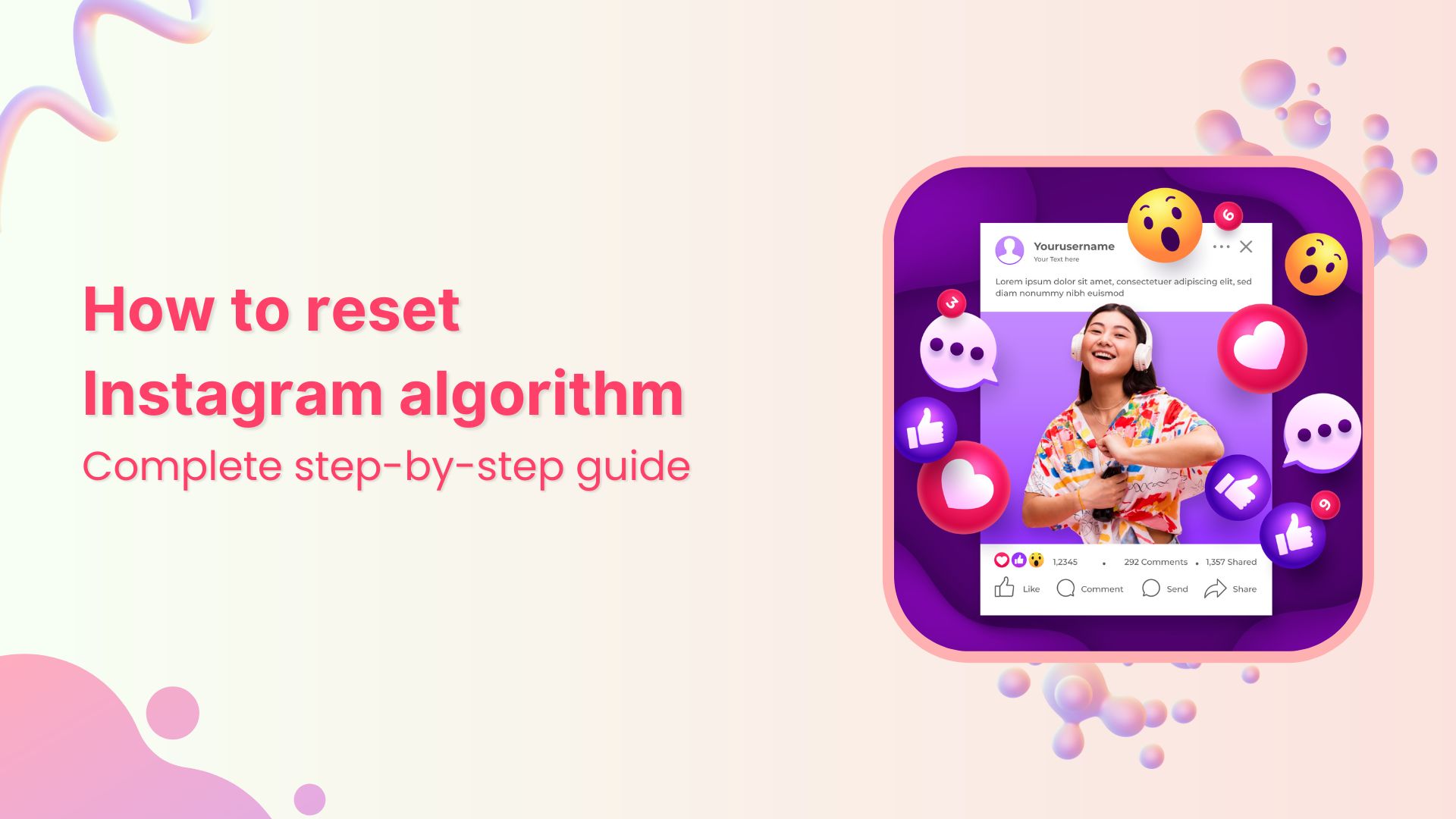
If you’ve been wondering if there’s a way to completely reset Instagram algorithm, the answer is a resounding yes. Sometimes your Instagram feed can feel like it’s stuck in the past—serving you content that’s about as relevant as a flip phone at a Tesla convention. Like those workout videos you watched once during your New Year’s resolution phase that are still haunting your Instagram Explore page like a fitness ghost.
The good news? Instagram finally heard our collective digital screams and rolled out a reset feature that’s basically a factory reset for your recommendations. This complete guide will walk you through Instagram’s official reset feature plus nine alternative methods to clear Instagram algorithm clutter and get your feed back on track.
What is the Instagram algorithm?
Think of Instagram’s algorithm as that friend who pays way too much attention to everything you do and then thinks they know your taste. It’s the system behind the curtain that decides what content appears in your Feed, Stories, Reels, and explore page. The algorithm isn’t just one formula but actually multiple recommendation systems working together to curate your Instagram experience.
How does the Instagram algorithm work?
Understanding social media algorithms is the first step for anyone looking to optimize their online presence, but they can be fairly technical to comprehend. For us laymen, we can put it this way: Instagram’s algorithm analyzes your digital behavior like a detective following their suspect’s every step. It tracks your engagement, i.e., likes, comments, shares, saves, and even how long you linger on posts (yes, it knows you spent five minutes staring at that sandwich).
How engagement affects the Instagram algorithm
The Instagram algorithm is heavily influenced by your engagement. The algorithm’s built-in Instagram analytics feature takes into consideration multiple engagement gestures, such as:
- Direct engagement signals: Your likes, comments, shares, and saves tell Instagram what content resonates with you to make interest predictions, suggesting content similar to what you’ve engaged with. If you consistently engage with cooking videos, expect to see more recipe content.
- Passive engagement signals: Time spent viewing content, whether you watch a video to completion, and how quickly you scroll past posts.
- Relationship signals: Who you interact with most, how often you interact with specific accounts, whether you search for them, and if you’re in their Close Friends list. Instagram prioritizes content from accounts you frequently engage with.
- Content information: The type of content (photo, video, Reel), when it was posted, and what hashtags or locations are tagged. Instagram also analyzes the actual content using AI to understand what’s in the image or video.
- User activity patterns: When you’re most active on the platform, what types of content you typically engage with, and your search history all contribute to the algorithm’s understanding of your preferences.
The algorithm essentially creates a personalized content bubble based on your digital footprint—which explains why your feed can feel like an echo chamber of your interests, old or new.
Also Read: How Instagram Threads algorithm work?
What is an Instagram algorithm reset?
Instagram’s algorithm reset is like Marie Kondo for your social media experience. Launched in 2024, this feature allows you to reset your Instagram feed recommendations across the Explore, Reels, and FYP suggestions. It’s Instagram’s acknowledgment that sometimes algorithms too can get it wrong.
Why would you need to reset your Instagram algorithm?
Your Instagram algorithm might need a reset if:
- Content feels irrelevant: Your feed is showing content that no longer interests you or is simply irrelevant to you.
- Stuck down a rabbit hole: You made that one curious tap on that interpretive dance video, and now that’s all your explore page is about. A reset can help you escape these algorithmic traps.
- Repetitive recommendations: The same type of content keeps appearing. A reset opens the door to discovering new content creators, topics, and perspectives you might have never encountered otherwise.
- Unwanted suggestions: You’re getting content that makes you uncomfortable or is distressing. If your feed has become a source of stress, anxiety, or negative feelings, a reset can help break from content that doesn’t serve your well-being.
- Your interests have evolved: Maybe you’re still seeing recipes from your sourdough phase last year. Sometimes, your interests evolve, but your algorithm doesn’t quite catch up.
- You’re sharing an account: If you’ve been using a shared account or inherited someone else’s Instagram account, their usage can influence recommendations. A reset can then help tailor the experience to your preferences rather than the previous user’s.
What happens when you reset Instagram algorithm?
After resetting your Instagram algorithm, expect a digital detox period. Your Explore page will show more generic, trending content instead of personalized recommendations. Reels will display popular videos rather than content tailored to your interests. Your feed suggestions will also become more general.
The algorithm will start learning your preferences again from scratch, so the content you engage with immediately after resetting has extra influence on your future recommendations. It’s like a training period for the algorithm; what you feed it here will set the tone for what follows.
Important: This reset affects ONLY your Explore page, Reels recommendations, and suggested content in your feed. Your profile, stories, highlights, followers and following list, and existing posts remain unchanged—it’s purely about recommendations.
How to reset Instagram algorithm: Step-by-step
Instagram’s official reset feature is surprisingly straightforward. Here’s how to access and use the reset Instagram algorithm option:
- Step 1: Open Instagram and tap your profile picture in the bottom right.
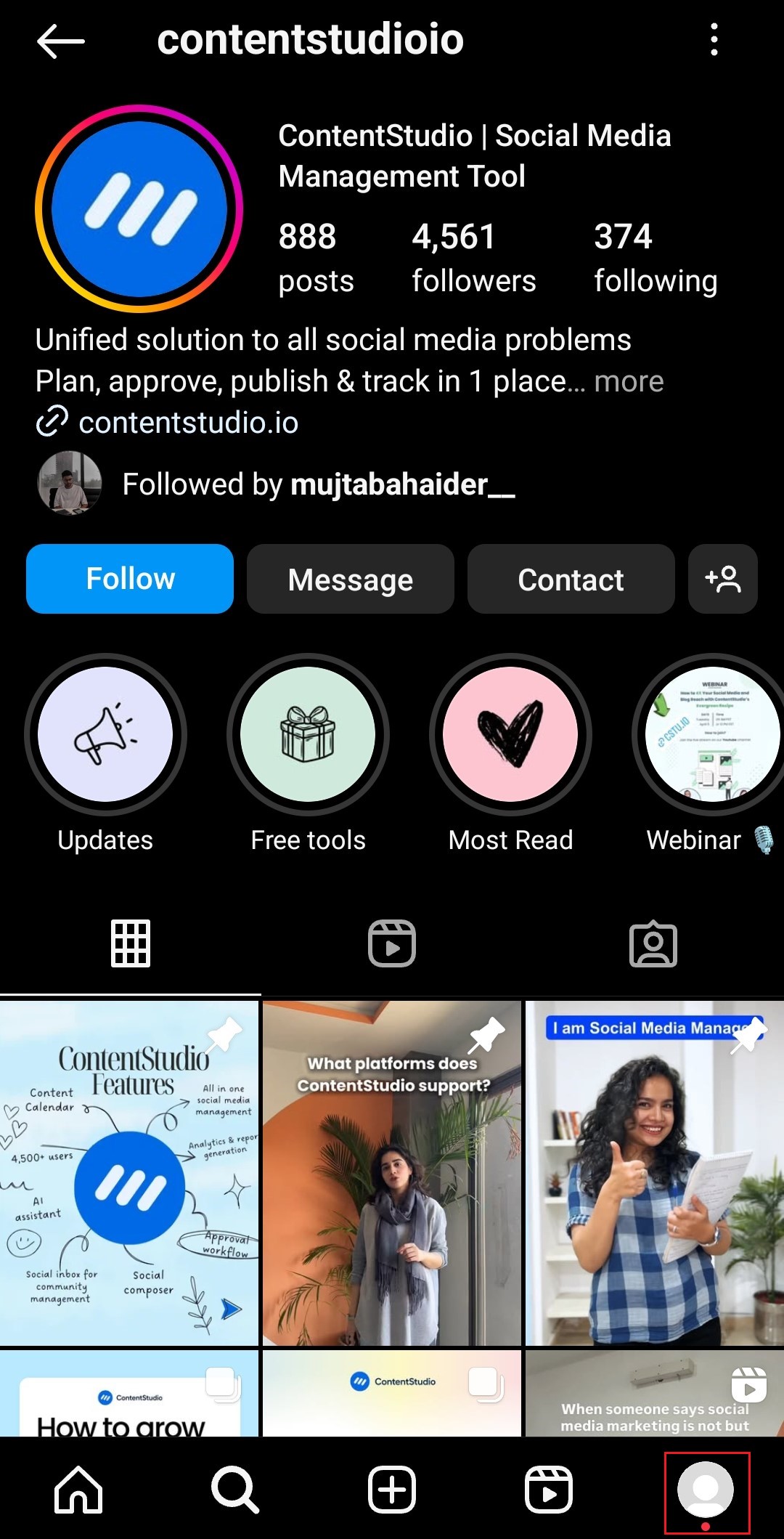
- Step 2: Tap the menu in the top right to open “settings and activity.”

- Step 3: Scroll down and tap “Content Preferences.”
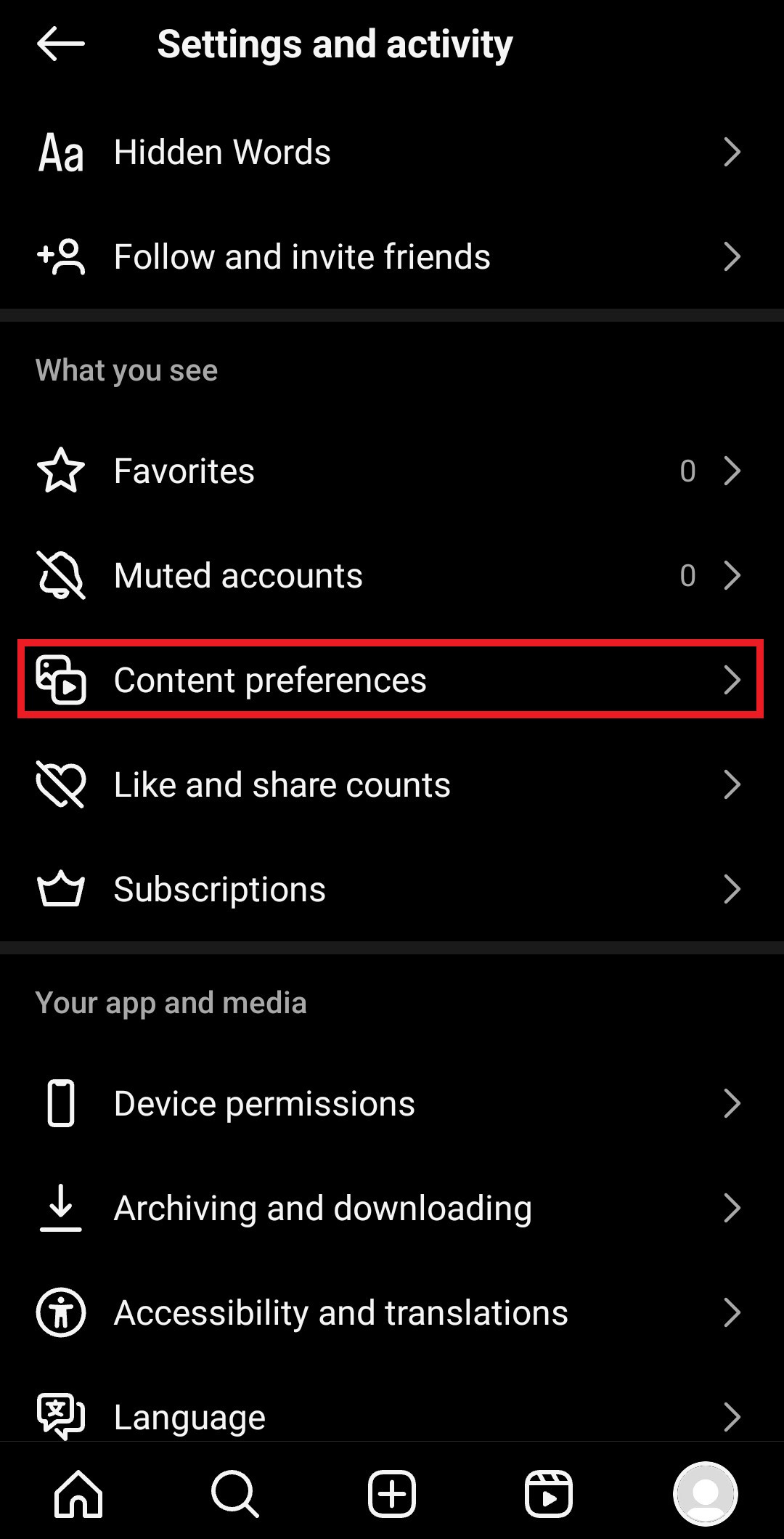
- Step 4: Tap “Reset Suggested Content.”
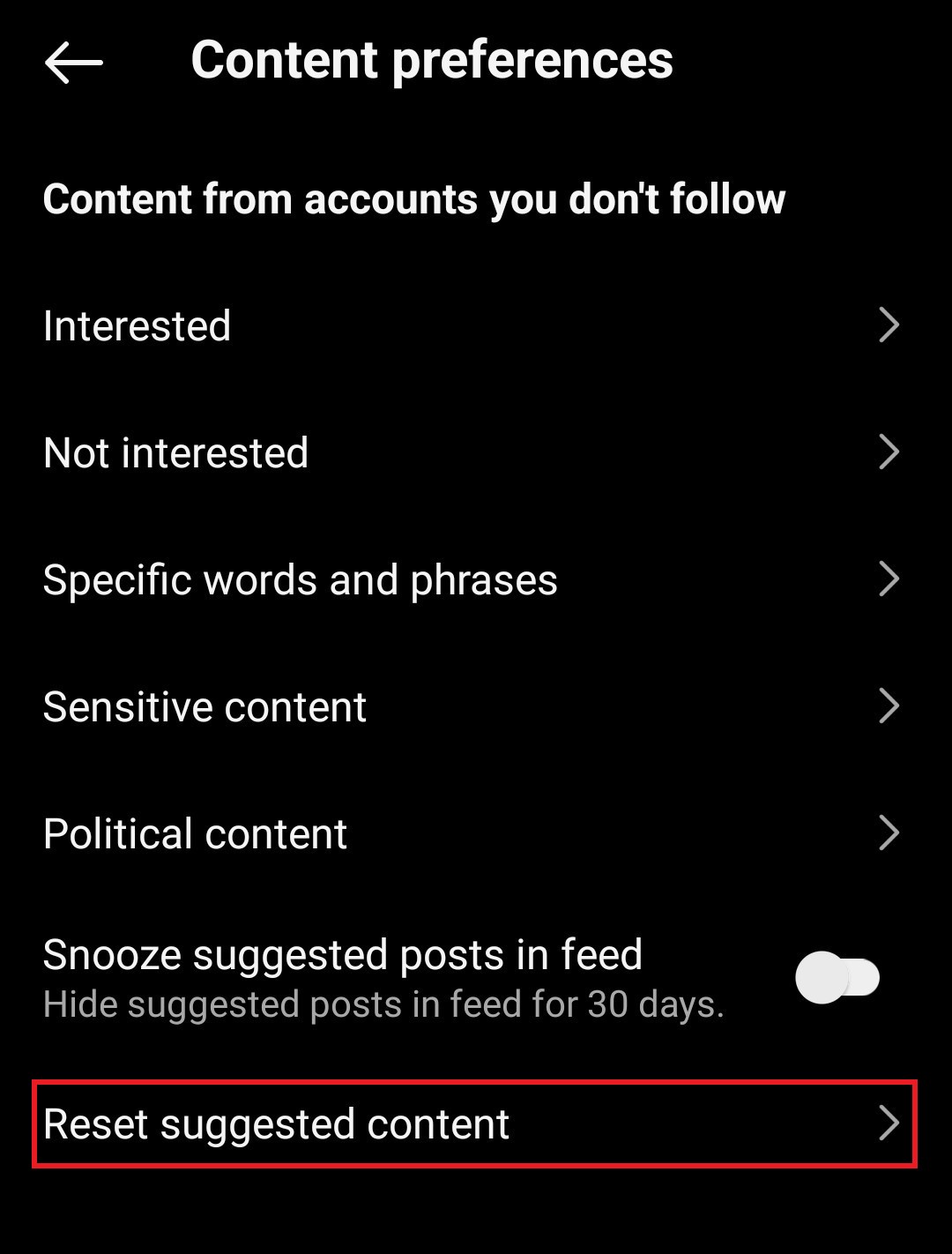
- Step 5: Read the prompt and tap “Next.”
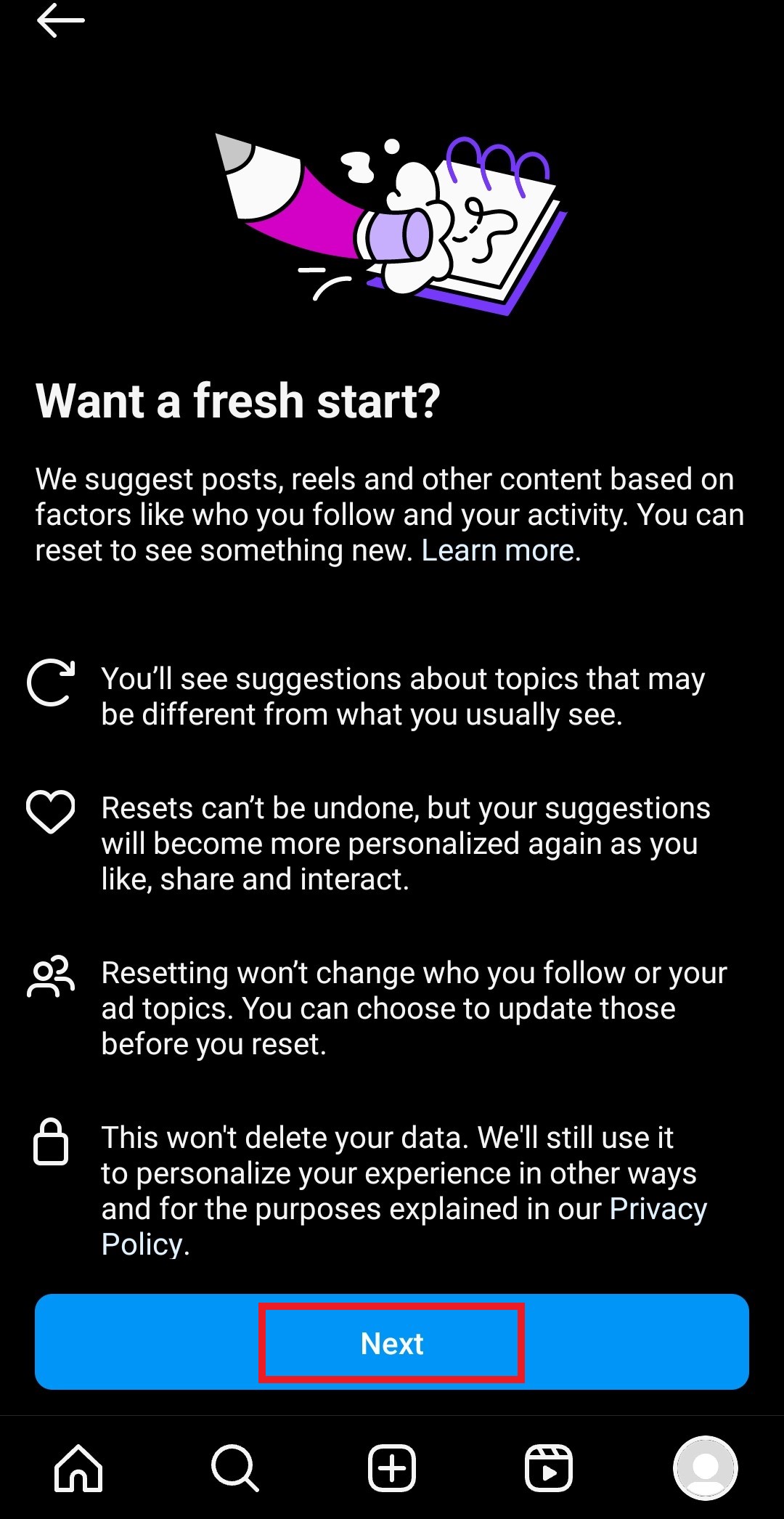
- Step 6: Review settings and tap “Reset” to confirm.
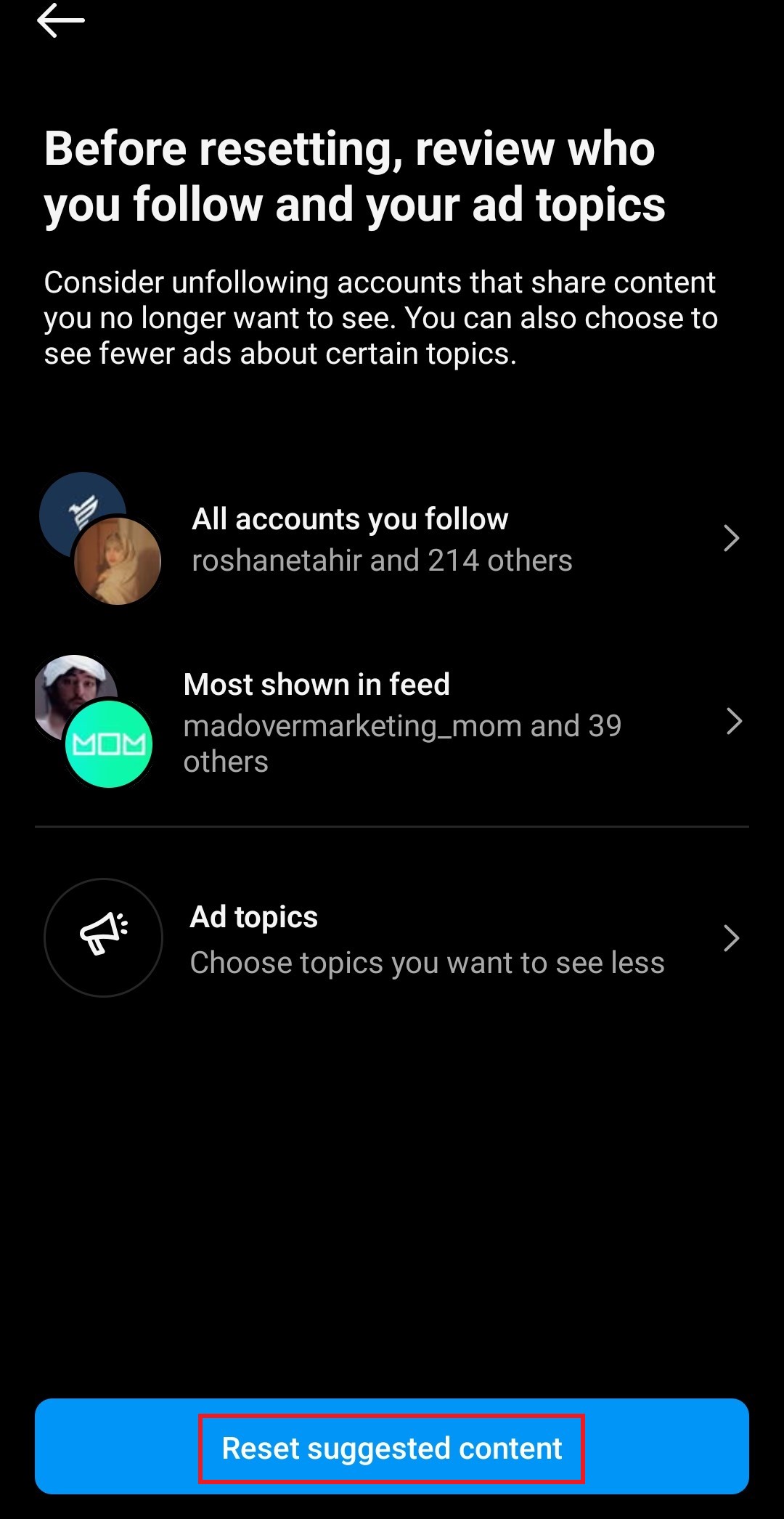
Also Read: How to Clear Facebook Search History?
9 Alternative ways to reset Instagram feed
Sometimes you need more targeted solutions than a complete reset. These alternative methods help you fine-tune your Instagram experience without starting from scratch.
1. Turn off Instagram suggested for you
Navigate to Settings → Content Preferences → Suggested Content and toggle off “Show Suggested Posts in Feed.” This stops Instagram from inserting recommended posts between content from accounts you follow, giving you more control over what appears in your main feed.
2. Turn off account suggestions on Instagram
Go to Settings → Privacy and Security → Account Recommendations and disable suggestions. This prevents Instagram from recommending your account to others and reduces the algorithm’s influence on your discovery experience.
3. Mark posts as not Interested on Instagram
When you see irrelevant content, tap the three dots on the post and select “Not Interested.” This trains the algorithm to show you less similar content. It’s like giving Instagram a gentle nudge in the right direction, one post at a time.
4. Hide specific ads and sponsored content
Tap the three dots on any ad and select “Hide Ad.” Instagram will ask why you’re hiding it, which helps improve future ad targeting. You can also manage ad preferences in Settings → Privacy and Security → Ad Preferences.
5. Clear Instagram cache and data
On Android, go to Settings → Apps → Instagram → Storage → Clear Cache. iPhone users need to delete and reinstall the app. This removes temporary files that might be influencing your recommendations, though it won’t affect your account data.
6. Mute accounts without unfollowing
Muting allows you to stay connected with someone without seeing their content regularly. Go to their profile, tap “Following,” and select “Mute.” Choose to mute posts, stories, or both. You can always unmute them later. It’s the polite way to curate your feed without drama.
7. Create a favourites list
Add close friends to your Favorites list (tap “Following” → “Favorites” in your feed). This prioritizes content from these accounts, ensuring you see posts from people who matter most to you.
8. Switch to following feed
Tap “Instagram” at the top of your feed and select “Following.” This shows posts only from accounts you follow, chronologically. It’s like switching from algorithm-curated playlists to your own music library.
9. Use hidden words to filter content
Go to Settings → Privacy and Security → Hidden Words to filter out comments and messages containing specific words or phrases. This helps reduce unwanted content interactions that might influence your algorithm.
Also Read: A Complete Checklist to Audit Your Instagram Profile
Instagram Marketing
Schedule your Instagram posts, Reels, and Stories, and get recommended best time to publish for maximum engagement.
Get Started for FREE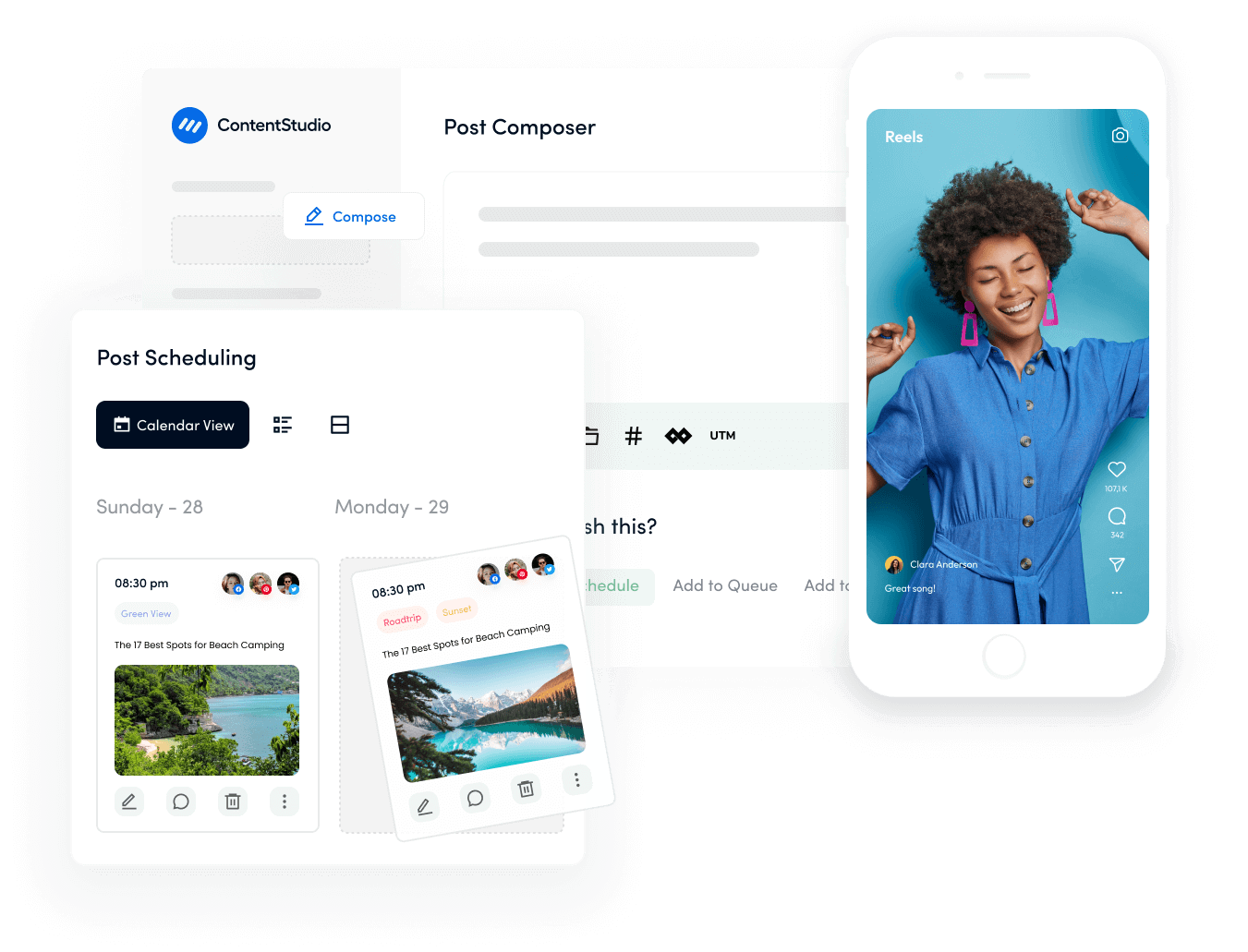
6 Tips to start fresh and optimize your Instagram algorithm
1. Be intentional with early interactions
Your post-reset interactions are like first impressions at a job interview—they carry extra weight, so only engage with content you genuinely want to see more of. The algorithm is essentially starting from scratch, so every like, comment, and share you make in the first few days sends a strong signal about your interests.
If you accidentally double-tap on your ex’s vacation photos (we’ve all been there), the algorithm might think you’re interested in travel content. Be deliberate about what you engage with during this honeymoon period. The algorithm is eager to learn your preferences but needs clear guidance if you wish to be in control of it.
2. Use the save feature strategically
The save button isn’t just for hoarding memes you’ll never look at again—it’s actually one of the strongest signals you can send to Instagram’s algorithm. When you save a post, you’re essentially telling Instagram, “This is premium content that I want to reference later.” The algorithm interprets saves as high-intent engagement, often more valuable than likes or comments. So be strategic about what you save.
Create collections for different interests, like “Recipes I’ll Actually Try” or “Workout Motivation,” and use this feature to train your algorithm with laser precision. This approach aligns with broader social media optimization principles to hone your experience online. Just remember to occasionally clean out your saved posts, or you’ll end up with a digital hoarder’s paradise.
3. Spend time on posts you enjoy
Instagram’s algorithm has a stopwatch on your attention span that it keeps a firm eye on. The platform tracks your “dwell time,” i.e., how long you spend looking at each post before scrolling away. If you pause to read a caption, study a photo, or watch a video to the end, the algorithm takes note. This is why mindless scrolling can be dangerous for your feed quality.
When you rapid-fire scroll through content without engaging, you’re essentially telling Instagram, “This is all meh.” Instead, slow down and actually consume the content you enjoy.
4. Unfollow accounts that don’t serve you
Your following list is like your friend group; it’s going to need regular maintenance to stay healthy. That fitness influencer who used to motivate you but now makes you feel guilty? Time to let them go. The brand account that floods your feed with promotional content? Goodbye.
The friend who only posts gym selfies and motivational quotes? Maybe consider a mute instead of an unfollow if you want to maintain the relationship. Cleaning up your following list regularly ensures your feed remains a source of inspiration rather than irritation. If an account doesn’t spark joy or add value to your life and feed, thank it for its service and move on.
Also Read: How to get more Instagram followers
5. Engage authentically
Gone are the days when “fire emoji x3” counts as meaningful engagement. The algorithm can distinguish between authentic interaction and lazy engagement. When you comment on a post you care about, make it count. Ask questions, share your thoughts, or add to the conversation in a meaningful way.
This type of engagement not only signals strong interest to the algorithm but also builds genuine connections with creators and other users. Think of comments as mini-conversations rather than obligatory gestures. The algorithm rewards authentic engagement because it creates the kind of community interaction that keeps users on the platform longer.
6. Use search purposefully
When you search for specific accounts, hashtags, or topics, Instagram takes note and starts serving you related content. This is why random 3 AM searches can haunt your Explore page for weeks. Be intentional about what you search for, especially in the days following a reset. Use search to discover new accounts and engaging content types you genuinely want to see more of.
If you’re interested in pottery, search for pottery-related hashtags and accounts. If you’re into sustainable fashion, search for those terms. Your search behavior is like leaving breadcrumbs for the algorithm to follow, so make sure you’re leading it in the right direction.
Conclusion
Resetting your Instagram algorithm is like hitting the refresh button on your digital life. Whether you use Instagram’s official reset feature or employ alternative methods, the goal remains the same: creating a more relevant, enjoyable social media experience.
Remember, the algorithm is a tool designed to enhance your Instagram experience, not control it. Regular maintenance of your digital preferences ensures your feed remains a source of inspiration rather than frustration. Your Instagram should feel like a carefully curated gallery of your interests—not a random collection of content that lost its way.
FAQs
How to reset Instagram algorithm?
To reset your Instagram algorithm, go to profile → Menu → Content preferences → Reset Suggested Content → Next → Reset. Review your settings before confirming, and be deliberate with your engagement post-reset to control your Instagram experience moving forward.
How do I reset my activity on Instagram?
To reset your Instagram activity, go to profile → menu → Your Activity to clear search history and delete likes, comments, or posts individually. The reset affects your visible searches, likes, comments, posts, and app cache, but it doesn’t affect your followers, DMs, or Instagram’s stored ad data.
Will resetting delete my posts or followers?
No. Resetting your Instagram algorithm only affects content recommendations and suggestions; your posts, followers, following list, saved content, and account data remain completely untouched.
How long does it take for Instagram algorithm to reset?
The actual reset happens instantly, as you’ll notice immediate changes in your Explore page and Reels, which will show more generic, trending content initially. The algorithm typically takes 1-2 weeks to relearn your preferences through your new interactions, likes, comments, and viewing patterns.
Does resetting affect my Instagram ads?
Resetting may temporarily impact your ad experience, but Instagram’s advertising algorithm operates somewhat independently from content recommendations since it also uses external data sources, considering factors such as demographics, interests from other Meta platforms, and website interactions.
Recommended for you


Powerful social media management software
14-day free trial - No credit card required.

